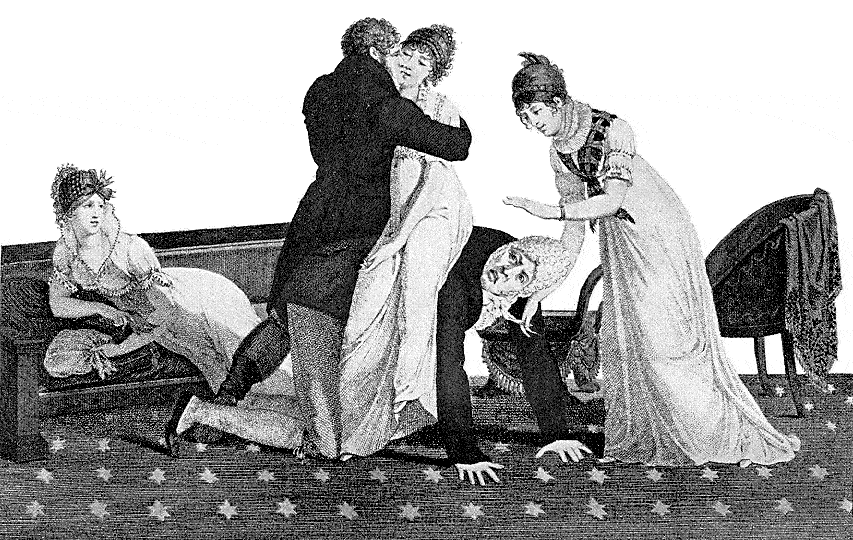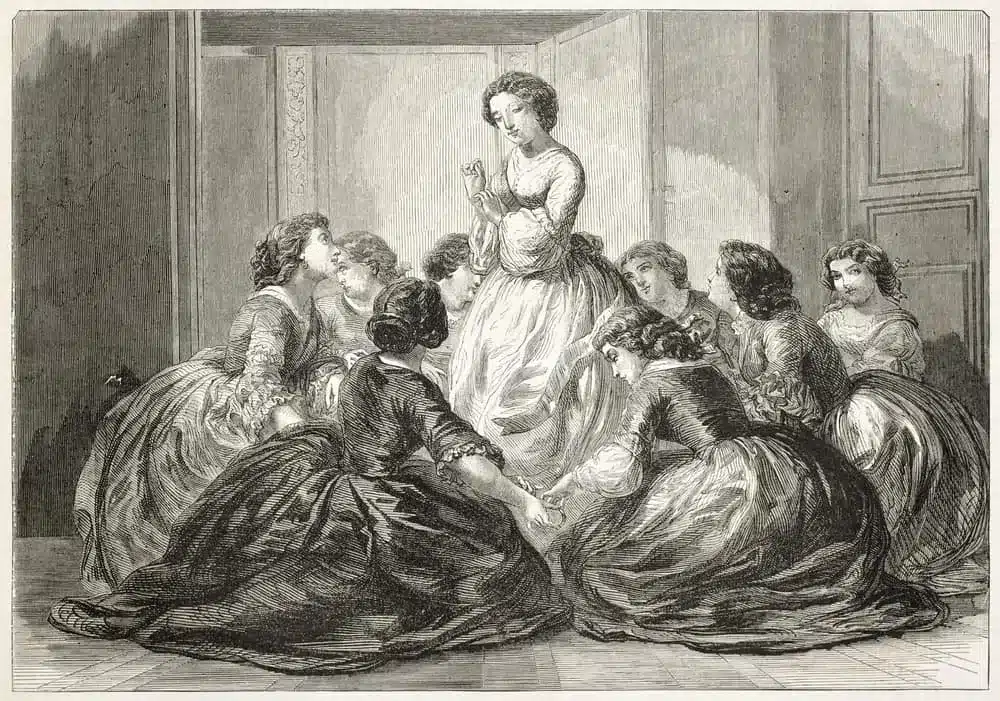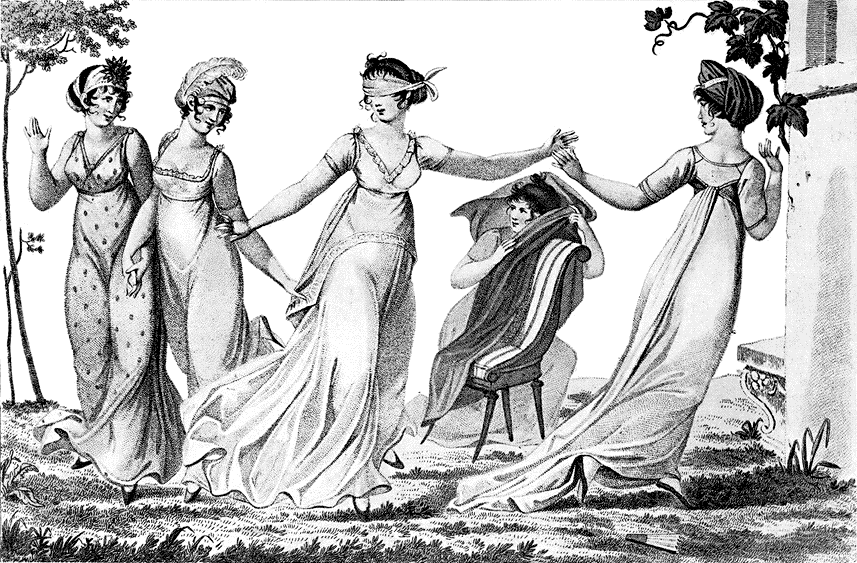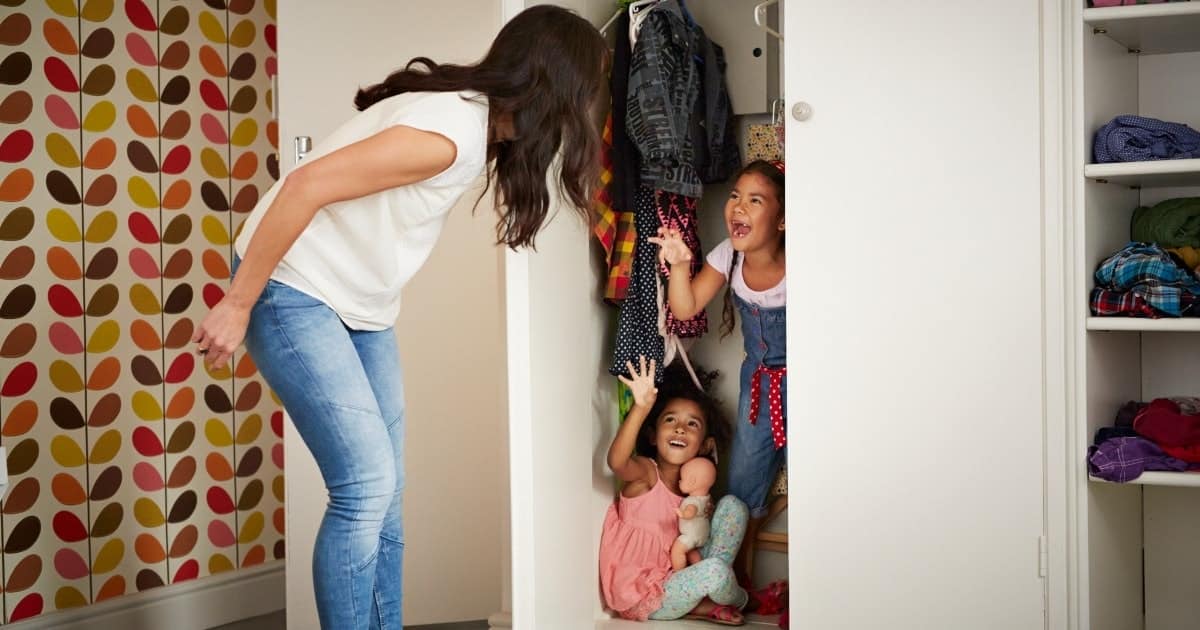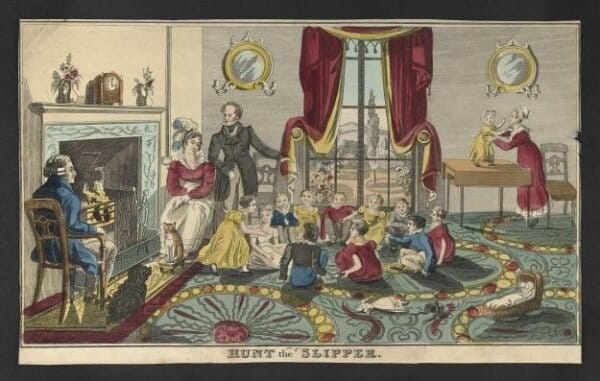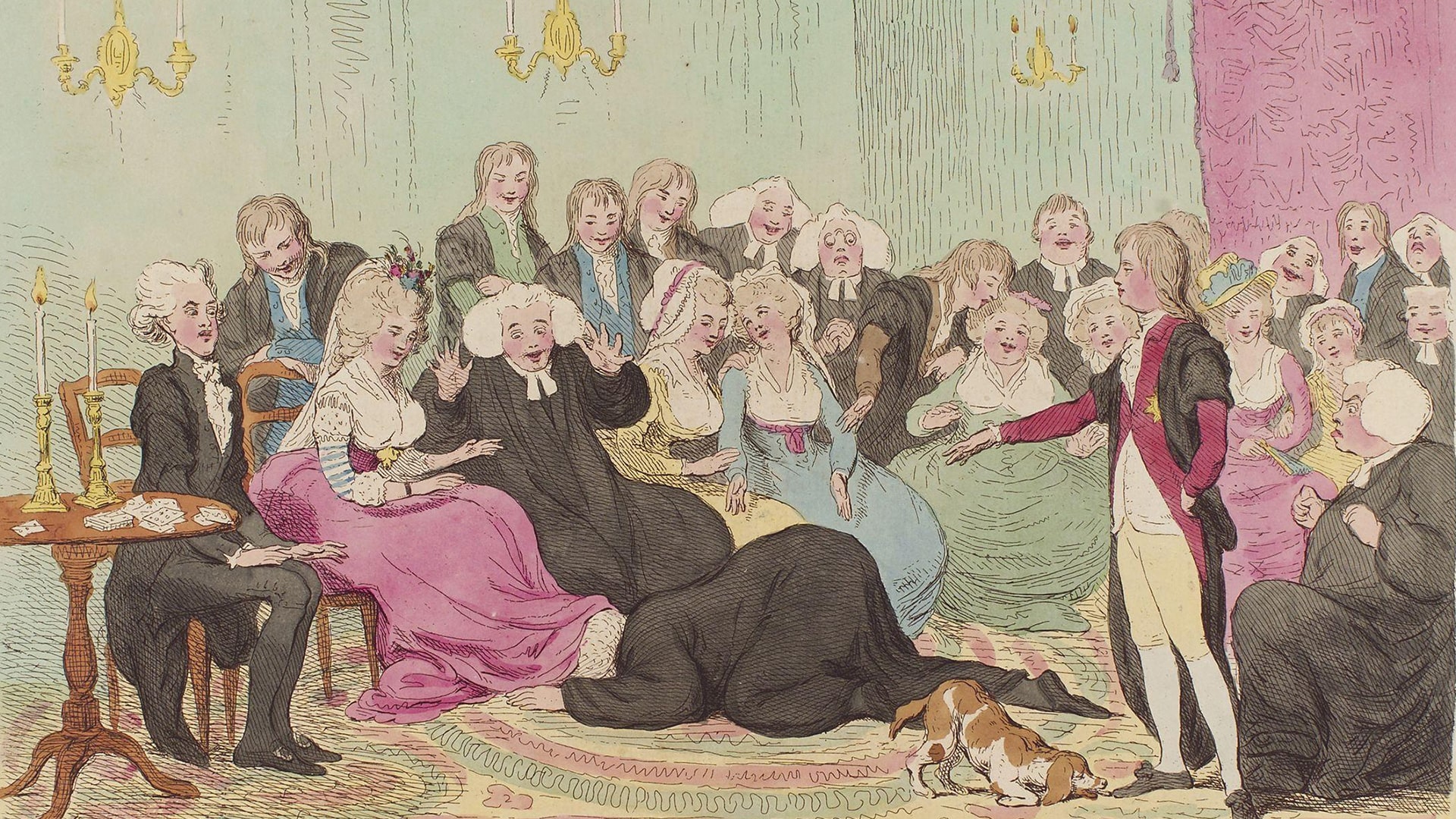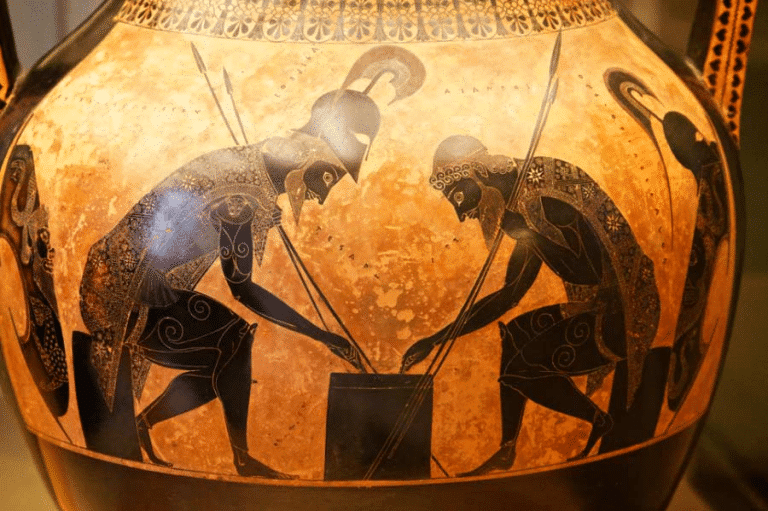You might be wrong if you think Jane Austen was just about books. The Victorian era is much more than just corsets, waltzes, and huge headdresses.
The charms of courts stayed put in courtly romances and ball dances, but they had another salt to this recipe.
The desperate need for entertainment gave birth to several parlour games for maidens and men to be played at homes and in parlors which were the highlighting spots of the Victorian era.
Not only were these games fun, but they also held great importance back in the time.
Let’s sneak peek at the best 9 parlor games of the Victorian era and see what the hype is about.
What Were the Best Parlor Games of The Victorian Era?
Parlor or indoor games were the major modes of entertainment in the Victorian era, where men and women had their share of fun through these table or word games.
Read Dickens or Hardy, and there you will find a glimpse of game parlors, men showing off their skills, and maidens blushing at the victories of their love interests.
Here are 9 best parlor games that are still widely played and enjoyed in their reformed versions:
1. Charades
Popularly known as dumb charades today, the game dates back centuries, marking its birth during the Victorian era when teams were split.
Then, each player was asked to enact a certain phrase (without uttering a word), and to win, the player’s team had to guess the phrase correctly.
The modified version of this game included guessing objects, emotions, etc, while today, the game is wholly based on guessing the ‘movie’ name.
2. Blindman’s Buff
Tennyson played Blindman’s Buff, so the proof of it being a Victorian game is crystal clear. The game is being played even today with great enthusiasm.
A player is blindfolded and spun around in the room so that he may forget the direction and then is asked to catch other players. In contrast, other players run across the room, calling the blindfolded player out to distract him.
3. Sardines
Sardines is a reciprocated version of today’s hide and seek. In the Victorian era, the game was played enthusiastically and had a romantic touch.
In this game, a player is asked to hide wherever he sees fit, and all the other players are designated to find him. The first person who finds the hiding player must hide with him at the same spot.
Eventually, all the players except one end up hiding in a tiny, jam-packed space, and the last person who is left out is now designated to hide, and the game restarts.
Back in the day, the possible love interests piled up in a small place during the game, sharing blushes and glimpses and sparking a romantic moment of joy.
4. Ball of Wool
The game was a huge hit during the Victorian era. Lady parties especially enjoyed this game.
A light ball of wool (or a feather) was kept in the middle of a table, and players sat around it.
Now, each player gets one turn and has to blow the ball with force to make it fall on the ground.
The one who did this was celebrated as a winner, and the player against whose side the ball (or feather) fell was considered the loser.
5. Passing the Slipper
It seems Cinderella would like to play this game, but it is not.
The Victorians played this game now and then, and a much-revised version of it today is popular by the name of ‘Musical Chair’ or ‘Passing the Parcel.’
Back then, they had no music systems to play the music, so one player was put in the middle, and he closed his eyes.
The other players sat around him in a circle, passing a slipper behind their backs.
When and if the player in the center opens his eyes, the other players must immediately stop passing the footwear.
Now, the player in the center has to guess who among the other players has the slippers behind his back.
6. Snap Dragon
Unlike other homely games, Snap Dragon is flamingly fiery.
It is played mainly by adults and not kids at all and is recommended to be played during winter to sustain the warmth in the room.
A shallow bowl is taken here, and raisins are put into it. The bowl is then filled up with brandy to get the raisins afloat.
Now, Brandy is put on the fire. The players must pick the raising from the blue floating fire and eat it while ablaze.
7. Forfeits
Played by Sweetpea during the Victorian era, the game is full of fun and amazement. The players are asked to sit in the circle except the two, the judge and the one to ‘pick up things.’
Now, each player is asked to put a personal item in the box secretly. These items are called forfeits.
Now, the person who ‘picks up things’ picks up an item behind the judge, and the judge must not have a look at it.
Now, the judge calls out the owner of the forfeit to do something (embarrassing, funny, etc).
The player must perform the task to retrieve the forfeit, or the judge takes the forfeit forever.
Final Thoughts
From what it seems, the bright beauties of the Victorian era had their share of fun, and though they never compromised on their entertainment, they did give us games to play while taking a break from big wide screens.
These games are fun to play with kids and adults and are a breather in their kind.
If period dramas on Netflix have taken you in flashes, now is the time to live the Victorian dream by playing this game with your loved ones and doing something that is lost yet never lost.


